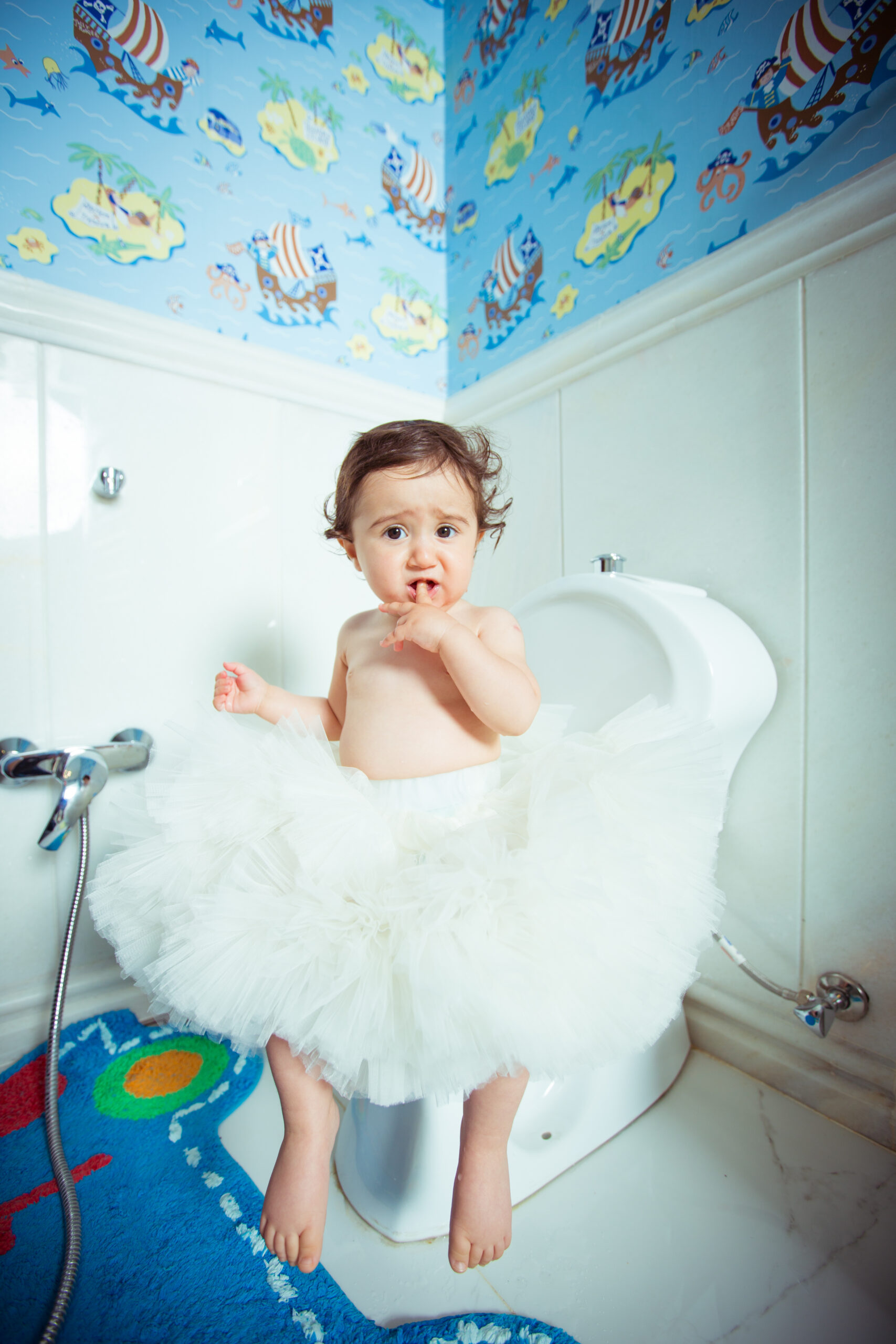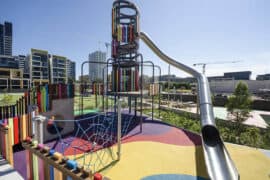Guide for Parents: How to Toilet Train a 3-Year-Old Boy
Hi happy parents! If the time has come to ditch the diapers for your adventurous little boy, you are definitely reading the right guide! Toilet training might be a challenging ride, but it is a cheerful one as well; a journey that is filled with proud moments of achievement. Though every child is unique and their developmental pace can largely vary, a majority of boys are ready for toilet training right around when they reach three years old.
Recognizing the Right Time
Identifying the Signals
Before you begin with the process, it’s important to realize that each child is different. Some may show readiness signs early, while others might take a bit longer. Your kiddo should be physically, emotionally, and cognitively ready for this task. Look out for signals like your boy acknowledging when he’s wet or dirty, showing curiosity in the potty, or showing discomfort in dirty diapers.
Creating a Positive Atmosphere
Picking the right potty
It might sound strange, but finding the right potty contributes a lot to the success! Let your child have a say in picking out his potty. Having a potty he likes and finds attractive can stir more enthusiasm into the training process.
Celebrating Small Victories
Every successful trip to the potty is a milestone! So, make sure to express your joy and praise his efforts. This will encourage your boy and instill a positive attitude towards toilet training.
“Potty Time” Routine
Setting a Schedule
One helpful approach is to set a regular ‘potty time’ schedule. This consistency often helps the child get used to the process and understand what they are supposed to do.
Remember, parents, toilet training might have its challenges, but let’s turn this into a joyful journey of growth! It’s all about patience, positivity, and understanding that this process is a gradual one. Stay tuned for more detailed strategies and suggestions in the upcoming sections of this guide to make this toilet training journey a successful and enjoyable one!

Credit: Pexels
Understanding His Signals
Noticing Patterns
It is essential to understand your little man’s bathroom habits. Notice the times he usually goes or the signs he shows before doing his business; this will help you preemptively guide him to the potty.
Achieving Independence
Dress for Success
Simple clothing can make a huge difference! Dress your boy in easy-to-pull-down pants. This facilitates independence in using the potty on his own, boosting his self-confidence.
Hand Washing Habit
Introduce hand washing as an integral part of the bathroom routine. A fun soap or a colorful, small-sized sink can make this post-use ritual more appealing.
Facing Challenges together
Handling Accidents
Accidents are bound to happen. Don’t let it discourage you or your boy – it’s all a part of the learning process. Address them gently and reassure your child it’s okay to have accidents during this stage.
Bedtime Strategy
Nighttime toilet training could take longer than daytime. Consider using diapers or training pants during bedtime initially. As he starts staying dry during the day, monitor his diapers in the morning. Once they start being consistently dry, he might be ready to go diaper-free at night too!
Remember, dear parents, this is a journey, not a race. Your delightful three-year-old boy is learning a crucial life skill, and he needs your support and patience for success. Enjoy this journey together and soon you’ll proudly be looking back at these formative times with your grown-up boy. Happy toilet training!
Top 5 Things Every Parent Should Know About Toilet Training a 3 Year Old Boy
1. Start Only When Your Child is Ready
Just like learning to walk or to talk, toilet training occurs when your child is ready. Signs of readiness include the ability to follow simple instructions, showing interest in the toilet, or displeasure with dirty diapers. Remember, every child is different and age doesn’t necessarily determine readiness.
2. Adopt a Positive Attitude and Plenty of Patience
Toilet training can be a challenging and frustrating process. Praising, cheering, and making the whole process fun will ease the tension. Enforcing a positive attitude and showing patience is a key element in making the training a success.
3. Consistency is Key
Consistency is absolutely critical in toilet training. Make a routine that your child can follow. Stick to it every day until it becomes a habit. Consistency in words and actions helps your child understand and adopt the process quickly.
4. Use Role Models
Boys can often learn quickly by observing others. Fathers, older brothers or friends who are toilet-trained could serve as effective role models. Also, using storybooks and videos featuring favorite characters learning to use the toilet can be extremely helpful.
5. Allow for Mistakes and Accidents
Accidents are part of learning. Don’t scold or punish your child for them. Instead, reassure and comfort him, saying that accidents happen and that it’s okay. Teach him to learn from his mistakes and move on.
That’s it! Remember, toilet training a 3 year old boy is a significant step towards independence. Each child is unique and takes their own time to learn. And as a parent, all you need is patience, consistency, positivity and a bunch of smiles on your face!
For more great articles please see here. For more information on raising children see here
Disclaimer
The articles available via our website provide general information only and we strongly urge readers to exercise caution and conduct their own thorough research and fact-checking. The information presented should not be taken as absolute truth, and, to the maximum extent permitted by law, we will not be held liable for any inaccuracies or errors in the content. It is essential for individuals to independently verify and validate the information before making any decisions or taking any actions based on the articles.




